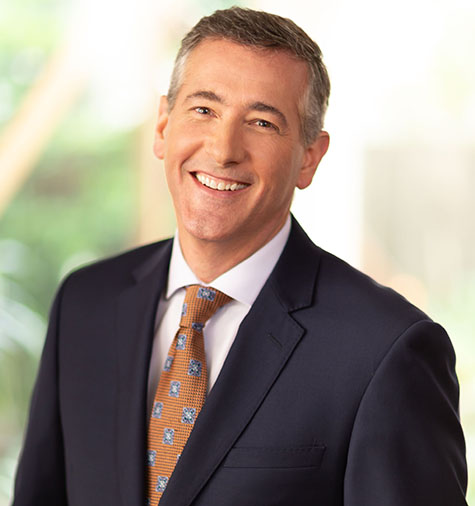Lawyer Limelight: Peter Rukin
By John Ryan | December 10, 2018 | Lawyer Limelights

Lawdragon’s inaugural guide to the Leading Plaintiff Employment Lawyers recognizes scores of attorneys who have dedicated the vast majority of their careers to employment law. Among them is Peter Rukin, who spent time on both the employee and employer side of the practice at law firms before starting his own plaintiffs-side firm in 2003. The name partner of San Francisco-based Rukin Hyland & Riggin earned his law degree at New York University School of Law, whose clinical law professors he credits with putting him on the path towards the employment arena.
Lawdragon: Can you describe for our readers the types of matters you tend to handle for employees or other workers?
Peter Rukin: We represent employees in a wide variety of equal employment opportunity, fair employment practice, and wage and hour cases. Right now, we are focusing on independent contractor misclassification, sexual harassment, equal pay, and whistleblower/retaliation cases.
LD: Are there any trends you are seeing in your practice in terms of the types of matters keeping you busy these days?
PR: We are seeing lots of fair pay/equal pay act cases, a surge in sexual harassment cases, and an increase in the number of multi-plaintiff/mass plaintiff wage and hour cases we are handling. Employers who have adopted arbitration agreements with class waivers are starting to reap what they’ve sown.
LD: How did you first become interested in developing this type of practice?
PR: I tried my first employment case as a clinical student at NYU Law School. My fellow student Loren Gesinsky and I represented a former employee of the Apollo Theater who was sexually harassed and suffered retaliation for complaining about the harassment. The case was apparently a formative experience for Loren and myself, as we both made careers as employment lawyers (Loren is now a partner at Seyfarth Shaw).
LD: Out of all the work you’ve done in your career, what would you say is the most interesting matter you’ve handled?
PR: Apparently, I’ve been doing this too long – there are too many cases to choose from! I’ll identify three: representing African-American employees at the U.S. Department of Energy’s Savannah River Site in a race-discrimination class action against Westinghouse and Bechtel; representing truck drivers who were not paid by KBR for all the hours they worked while driving missions in Iraq during the Iraq war; and a labor antitrust case against bicycle companies on behalf of a bicycle company executive. But my most fulfilling case was a pro bono immigration matter. I successfully obtained cancellation of removal for my client, a 19-year-old college student who was being deported to a country he had never known.
LD: Did you have experiences as an employee earlier in your life that played a role in how you shaped your career?
PR: I took regular jobs starting in high school. I worked at McDonalds, at K-Mart, as a cook at a local restaurant, as a house-painter, and as a janitor. Those experiences helped me appreciate the work my clients do and the challenges they face in the workplace. I imagine you will find lots of lawyers with similar experiences on both sides of the employment bar.
LD: Was there a course, professor or experience that was particularly important to your decision to build a career representing employees?
PR: All credit goes to my clinical professors at NYU: Sally Burns, Laura Sager and Claudia Angelos.
LD: What advice do you have now for current law school students who hope to represent employees?
PR: There is an amazing network of attorneys and organizations across the country representing employees; plug into it. Many of us are happy to grab lunch or coffee with a law student or new lawyer and share our perspective on the work we do.
LD: Can you share a lawyer you have come up against in a negotiation or case whom you admire, and why?
PR: Years ago, I brought a case against a well-known San Francisco restaurant on behalf of a group of workers. I got a call from Lindbergh Porter, who is now Chair of the Board at Littler Mendelson, asking if he could come to my office and discuss the case with me. We worked out a settlement across my conference room table. Lindbergh is a consummate professional; a lawyer’s lawyer.
LD: How would you describe your style as a lawyer? Or, how do you think others see you?
PR: We have a rule in our office: We do not take a case where the potential client describes the lawyer they want as a certain kind of animal – shark, tiger, piranha, you get the idea. We drive our cases off strategy, not hype.
LD: What do you do for fun when you’re outside the office?
PR: I was doing cross-fit until I threw my back out. So now I am sticking to tennis.
LD: If you weren’t a lawyer, what would you be doing now?
PR: Sitting in a café in Valencia, Spain, drinking un cortado and people watching.
This article was powered by Lawdragon Storyteller™.

